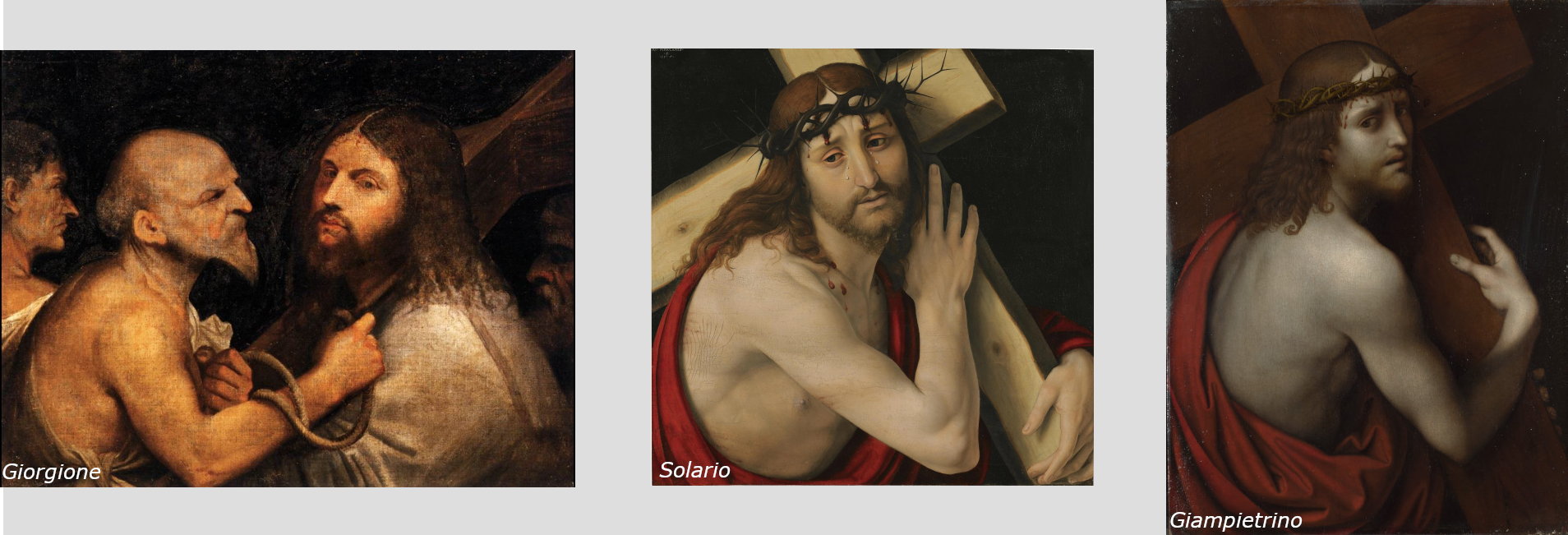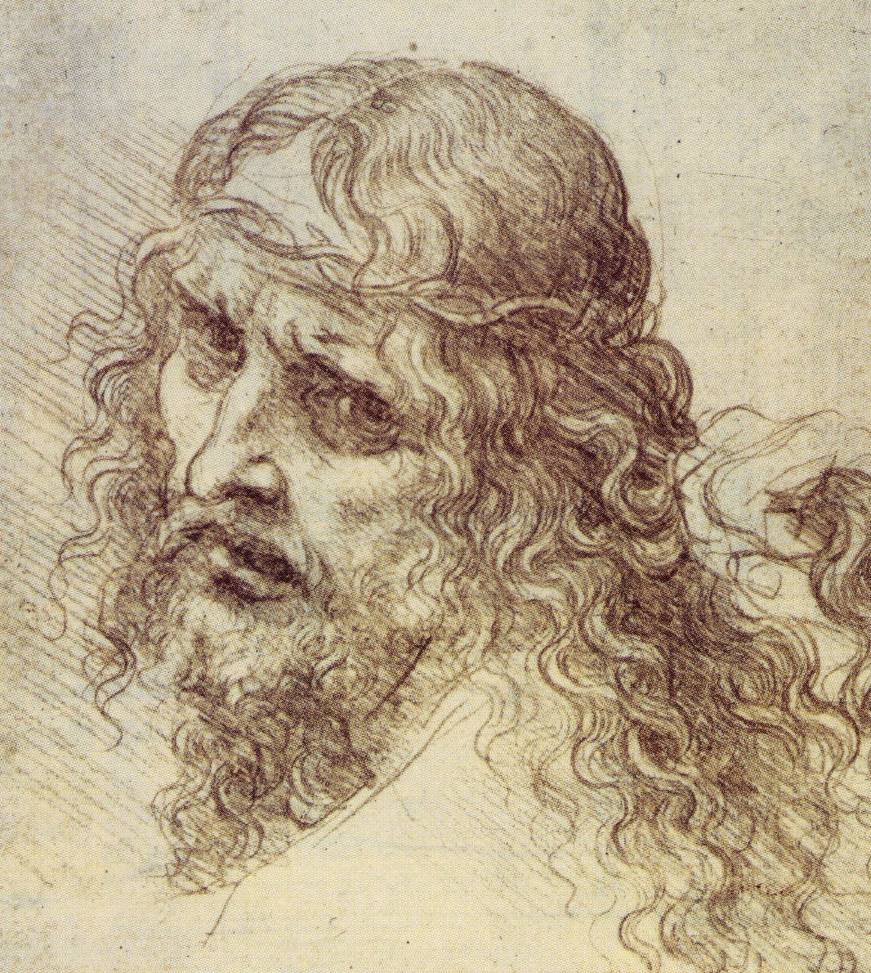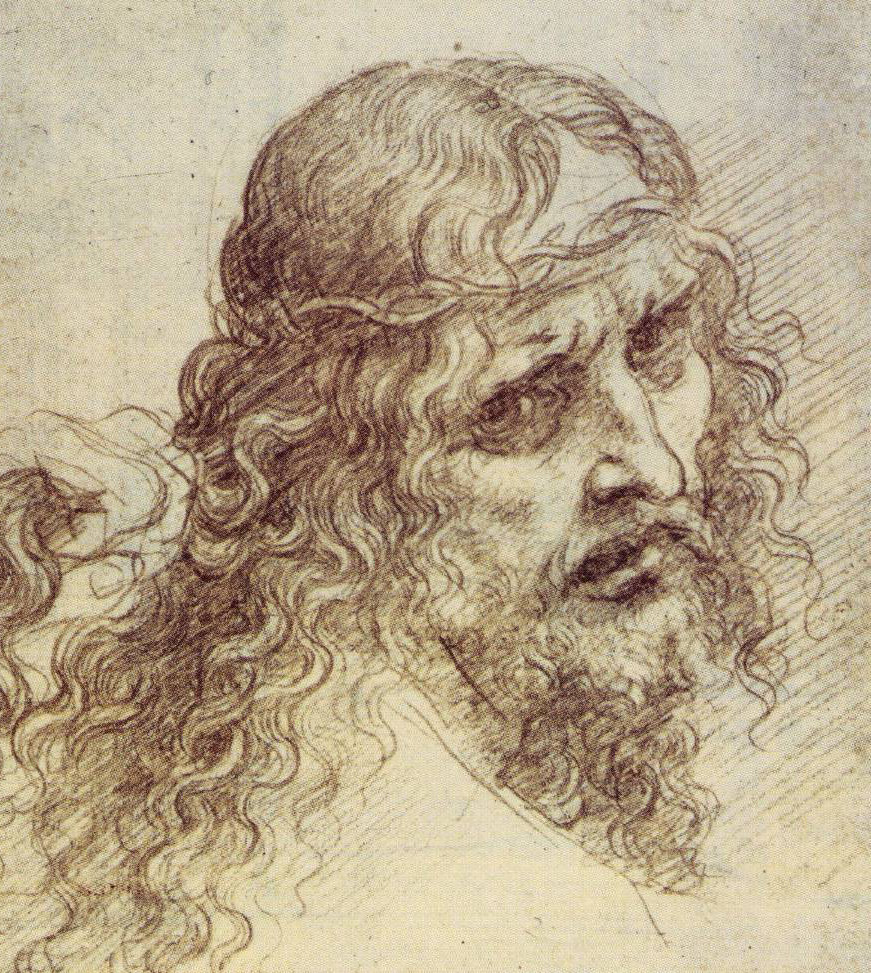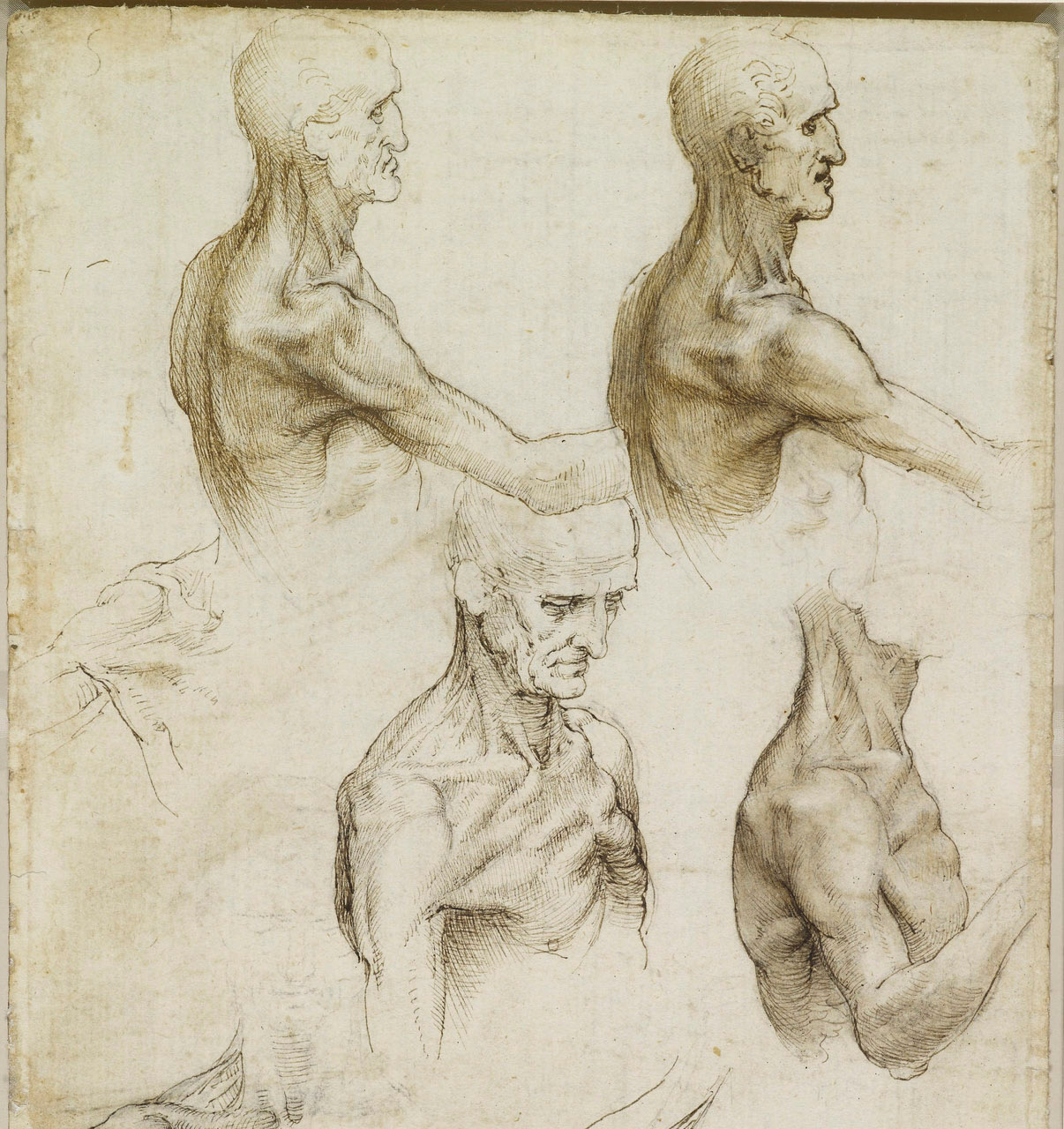1. PRESENTATION OF LEONARDO DA VINCI’S HEAD OF CHRIST DRAWING
We present the Head of Christ drawing from Venice, a work by Leonardo da Vinci held at the Gallerie dell’Accademia in Venice under inventory number 231, known as Head of Christ and Hand Grasping the Hair.
This dramatic drawing depicts a scene from the Passion of Christ and remains the subject of ongoing questions regarding its origin, date, and intended purpose.
2. DESCRIPTION AND ANALYSIS OF THE DRAWING OF THE HEAD OF CHRIST
Known as Head of Christ and Hand Grasping Hair, this work (116 x 91 mm), is attributed to Leonardo da Vinci. Created between 1490 and 1495 (or as early as 1488), it was executed in silverpoint on prepared paper. It is now preserved at the Gallerie dell’Accademia in Venice under inventory number 231.
Key Characteristics:
-
-
This is a shoulder-length portrait (ritratto di spalla) with a dynamic and expressive posture.
-
The gaze is turned towards the viewer, creating an intense dramatic effect.
-
One hand grasps the hair, illustrating a moment from Christ’s Passion.
-
There are subtle light effects, possibly enhanced by the use of goldpoint.
-
3. HISTORICAL CONTEXT AND INFLUENCES
Dating and Connection to the Passion of Christ
• Indeed, the work is believed to have been created during the period when Leonardo was working on The Last Supper (Ca. 1490-1498).
• In fact, some historians consider it a preparatory study for a more ambitious project, possibly even a lost painting.
Leonardo’s Influence on Venetian and Milanese Art
• Influence of the Venice Drawing can be seen in Venetian artists such as Giorgione.
• Among Milanese painters, notably Giampietrino and Solario, the posture of Christ shows strong similarities, though the head is oriented to the right, in contrast to the Venice Drawing.

4. THE REVERSAL OF THE DRAWING IN MILANESE WORKS
To better highlight the connection with the Milanese works, the Venice Drawing is presented here in a reversed or mirror version, allowing the viewer to more clearly perceive its resemblance, particularly with Giampietrino.

Venice Drawing

Reversed Drawing
5. HYPOTHESES ON THE ORIGIN AN FUNCTION OF LEONARDO’ DRAWING OF CHRIST IN VENICE
➤ The Drawing: Preparatory Study or Independent Work?
Some historians question whether this drawing is an autonomous work or a preparatory study for a lost painting.
➤ A Shared Model in Leonardo’s Workshop
Kenneth Clark and Pietro C. Marani have suggested a connection with an original model that circulated within Leonardo’s workshop. This hypothesis is reinforced by the fact that several of the master’s disciples appear to have reused this posture in their own works.
➤ The Drawing and Leonardo’s Anatomical Studies
Moreover, Carlo Pedretti observed that the drawing highlights the muscles of the neck, shoulder, and back, foreshadowing Leonardo’s anatomical studies dated around 1510.

Leonardo da Vinci, Windsor Royal Gallery (RCIN 919001-verso)
6. CONCLUSION: A DRAWING AT THE HEART OF DEBATES ON LEONARDO DA VINCI
This drawing remains a major reference due to its expressiveness and refined technique. While scholars still debate its exact role, whether as a preparatory study, an autonomous work, or a lost model from Leonardo’s workshop, it clearly left a lasting impact. Influence from this drawing can be seen in the works of Milanese painters, especially Giampietrino, and also in Venetian art. In summary, this drawing holds a key place in Leonardo studies.
